Specification of Paint Tins Metal Tin Component bottom Lid:
Volume | Can Part | Chuck | Couter | Inside coating | Outside coating |
Diameter | Diameter | ||||
10L | lid | 233mm | 8.5mm | gold/ | gold/ |
10L | Bottom | 222mm | 7.5mm | clear/ | clear/ |
18-20L | lid | 282mm | 7.6mm | plain | white/ |
18-20L | Bottom | 272mm | 8mm | printing | |
18-20L | Bottom | 273mm | 8mm | ||
18-20L | Bottom | 272mm | 9.5mm | ||
18-20L | lid | 283mm | 13.2mm |
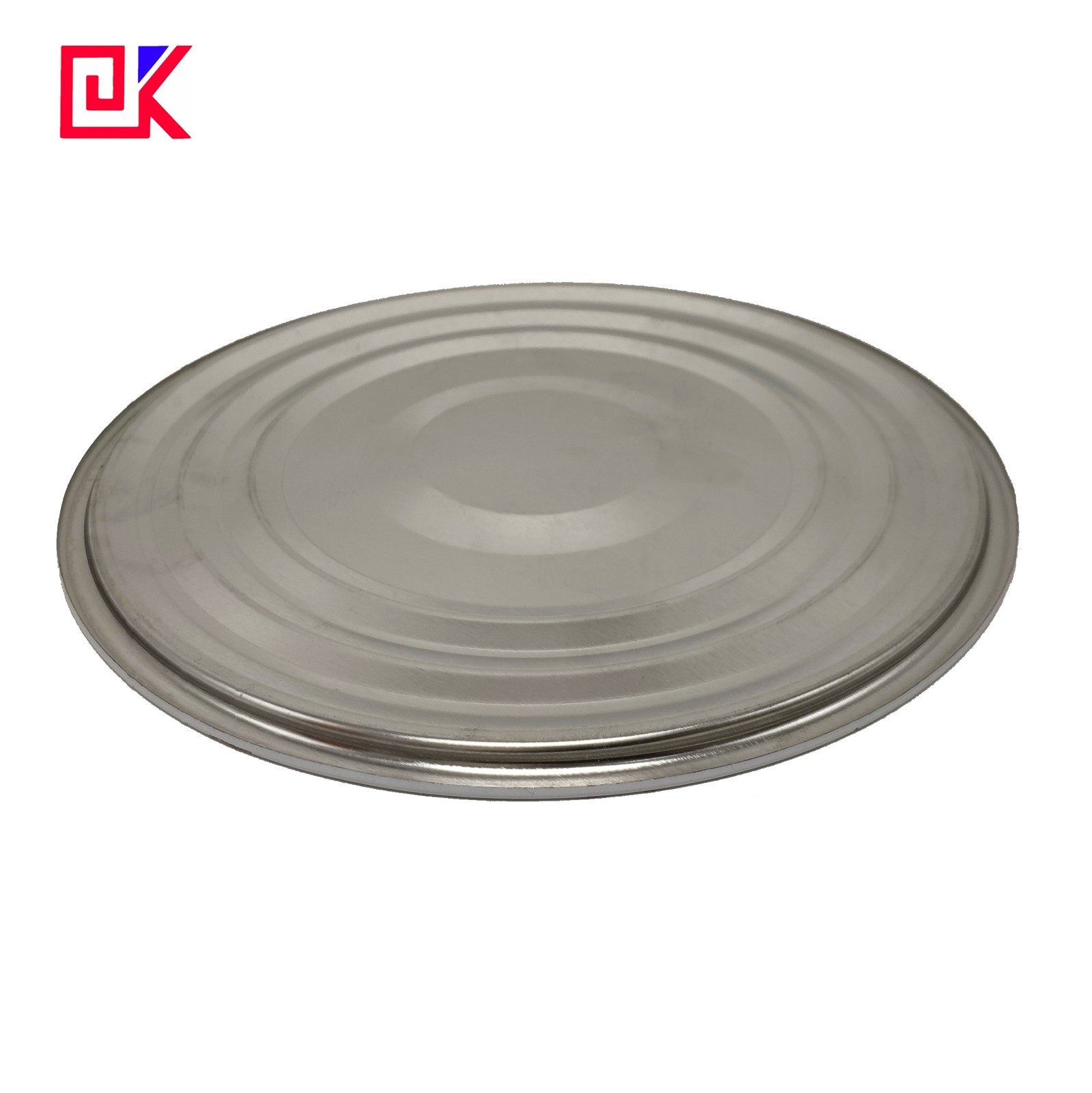
Bottom Lid
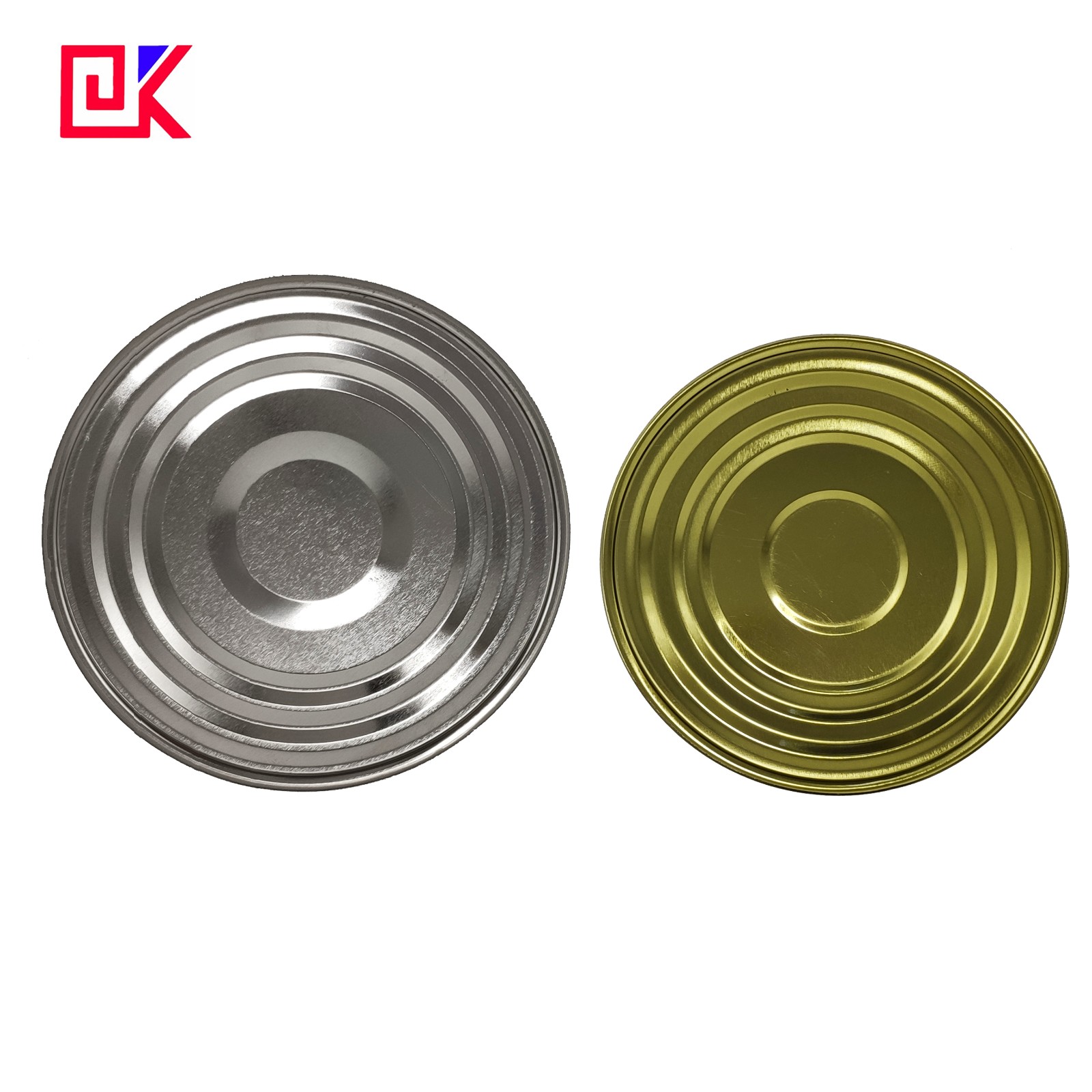
Bottom Lid for paint can
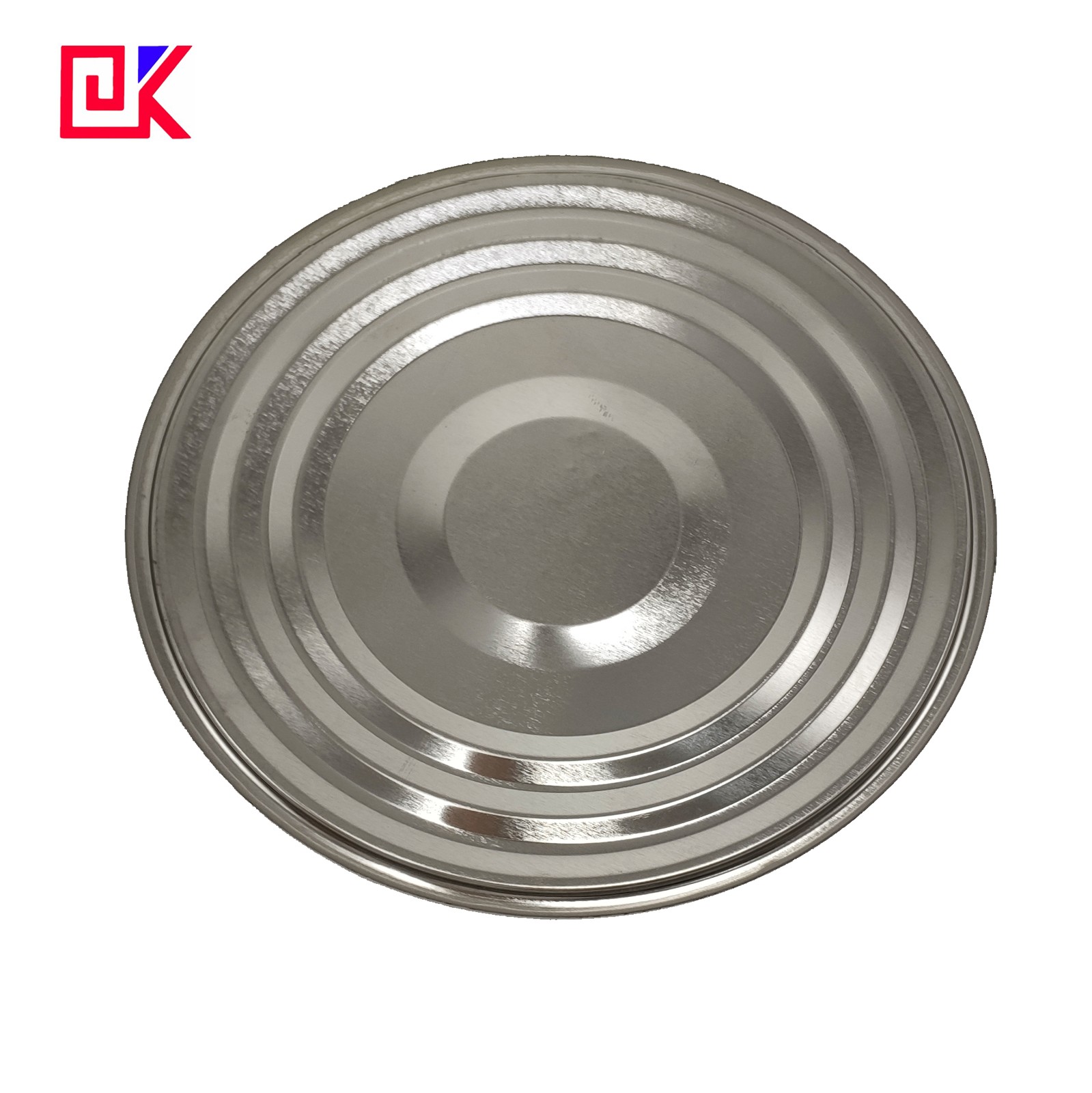
Bottom Lid for Can
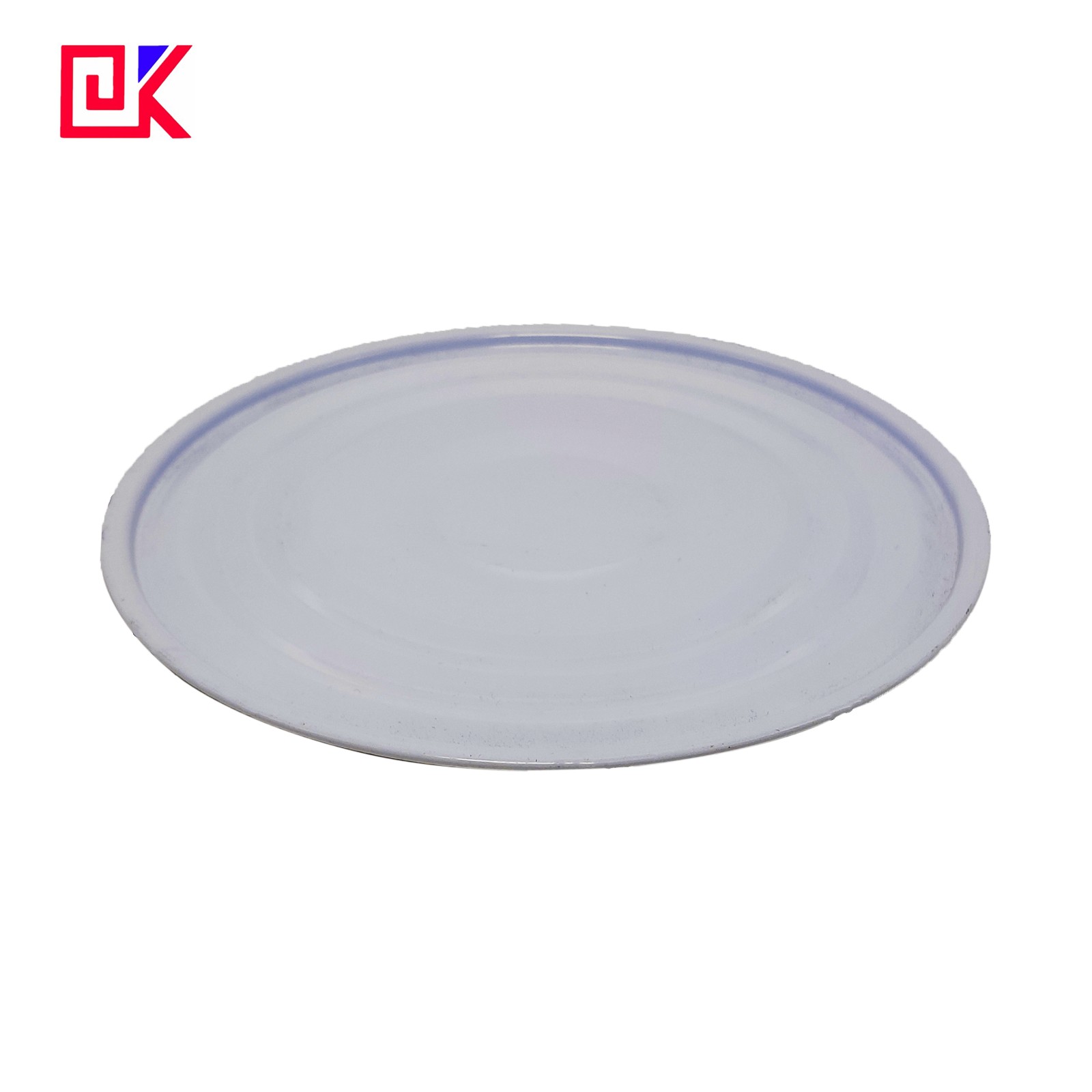
Bottom Lid for bucket
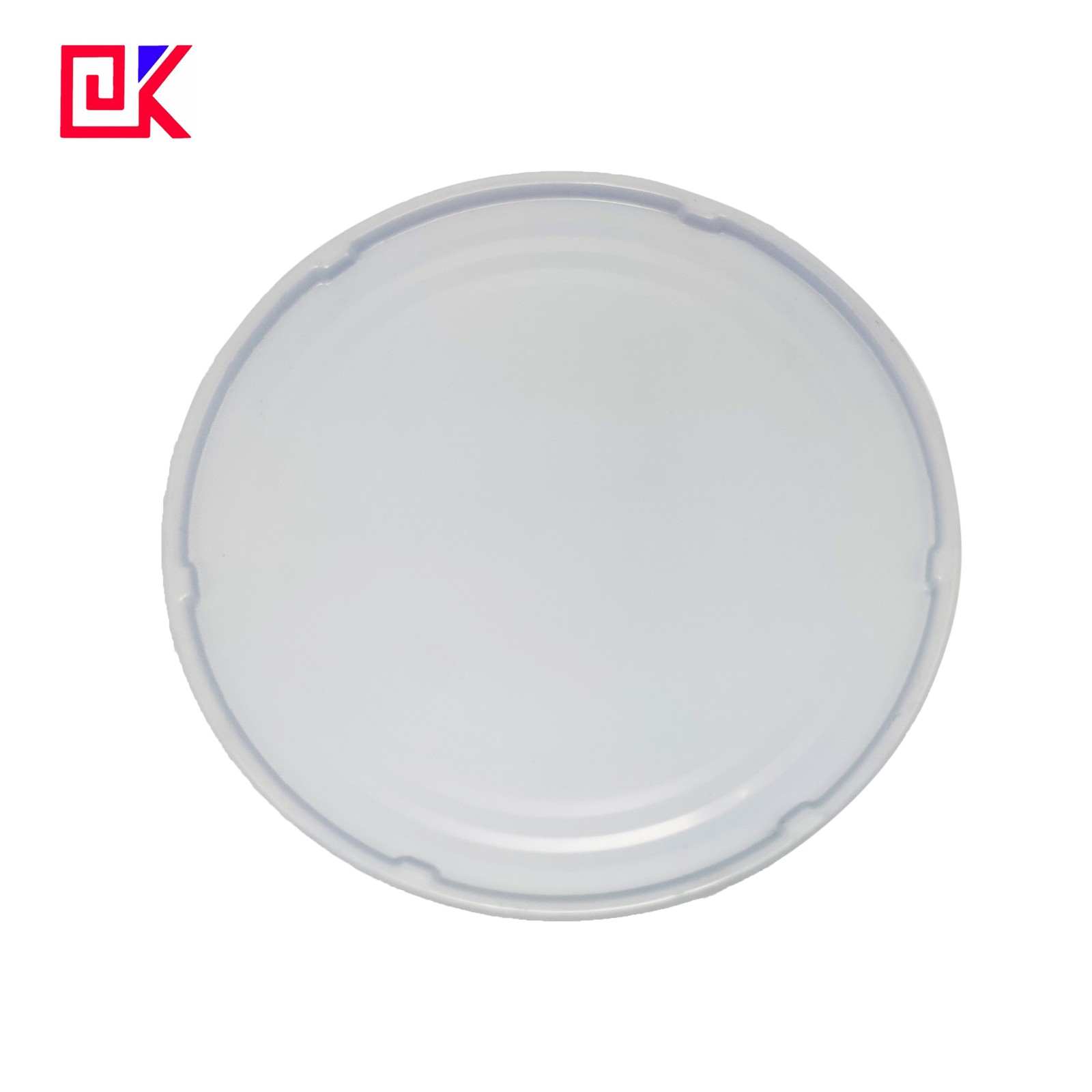
Bottom lid for bucket
Surface finish on Paint Tins Metal Tin Component bottom Lid:
Marks | Suface finish | Characteristics | |
Single Reduce | B | Bright Surface | Glazed surface obtained a thin layer of chromium and chromium oxide which deposits on the smooth. |
Double Reduce | R | Stone Surface | Glazed surface obtained a thin layer of chromium and chromium oxide deposit on smooth steel base featuring certain oriented stone figures. |
S | Silver Surface | Glazed surface obtained after melting treatment of electronicned raw material strip with rough matt surface. | |
M | Matte Surface | Matte Surface | |
Application of tin bottom lid:
1) Packaging tin boxes: coffee boxes, tea boxes, biscuit tins, mint tins, candy boxes, chocolate boxes, wine bottle boxes, watch boxes, cosmetic boxes, perfume boxes, toy packages, game set packages.
2) Stationery tins: pencil cases, pen holders, CD cases, DVD cases, coin boxes, writing boards, memo boards, black boards.
3) Daily-use tins: burner covers, tin trays, tin plates, Christmas tin boxes, candle tins, storage cans, lunch boxes, ash trays, cigarette boxes, coasters, buckets, pill boxes, cookie cutters.
Introduction of Paint Can Base:
It is understood that the main packaging material for paint lids is tinplate lids, which are advanced products in the cold rolled steel industry. because:
1) The tinplate is a very pure low carbon soft steel. Residual non-metals should be strictly controlled during the smelting process, mainly referring to the contents of phosphorus, sulfur, silicon, and other metals such as copper, chromium, manganese. Sometimes it is necessary to remove impurities in the molten steel in a vacuum, which is technically demanding.
2) In the hot rolling process, the gradient of temperature rise and temperature must be strictly controlled, otherwise segregation is easy to occur. 3) Cold rolling is rolling a 2mm thick hot-rolled steel plate (the width is generally greater than 1 meter) at a speed of 30 meters per second, and thinning it into a steel substrate of about 0.20. Within 24 hours of cold rolling, the average thickness error of the product must not be greater than 5 microns. It can be said that the pressure of the rolling mill is equivalent to a hydraulic machine of 10,000 tons and has the accuracy of a clock;
4) The annealing temperature and speed are not controlled accurately, and the hardness of the tinplate does not meet the requirements;
5) Finally, during cleaning, plating, reflow, passivation, oiling and other processes, the processing time is slightly extended or shortened, and the quality of tinplate will be greatly reduced.
In short, this high-speed, high-precision, high-power equipment not only has better internal quality, but also must have a surface finish of mirror level, which is destined to be a very strict high-precision, high-tech product.
Points to note for tinplate cover customization:
As a more common paint tin bottom lid on the market, tinplate bottom and lid are used in a large amount in the market. It has a very important role in the storage of products with high sealing requirements. In the process of customizing tin bottom lid, which consumers need to pay attention to?
1. Specifications
Because different tin bottom lid have different specifications and sizes, in the customization of tinplate bottom lid, consumers need to pay attention to the specifications and sizes, and they need to pay attention to the specifications and dimensions of the sealed paint lid, and measure and make them. Corresponding paint lid.
2. Quantity required
tin bottom lids are very necessary to ensure the tightness of the tin can. In the process of customizing tinplate tin bottom lid, consumers need to pay attention to the quantity of use, and the requirements of the quantity of use require consumers to pay attention to their Requirements to ensure the satisfaction of the production quantity.
3. Display requirements
In addition to the role of sealing the paint tin can, it also plays a role in display. When customizing tin bottom lid, consumers need to pay attention to whether they require a pattern or trademark on the tin bottom lid to meet the requirements on the display. Note that the pattern is provided to the manufacturer in time.
In summary, in the process of customizing tin bottom lid, consumers need to pay attention to these to ensure that the customized tin bottom lid meet their own requirements for pait tin can sealing and display.
Certificate of Steel Paint Can Bottom: Approved by the ISO 9001